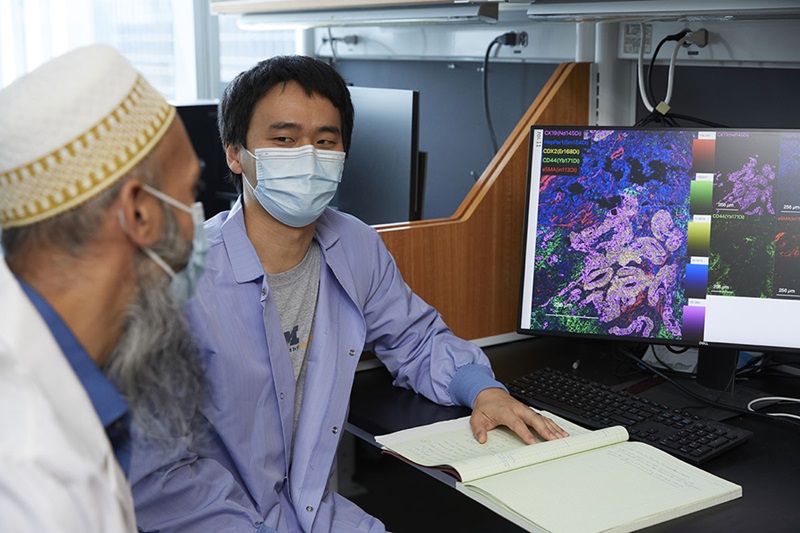Spatial Tissue Analysis Identifies Patterns Associated With Ovarian Cancer Relapse
Posted on 23 Apr 2024
High-grade serous ovarian carcinoma is the most lethal type of ovarian cancer, and it poses significant detection challenges. Typically, patients initially respond to surgery and chemotherapy, but the cancer often returns. Now, researchers have used spatial analysis of tissue samples to uncover patterns that could indicate whether patients with this form of ovarian cancer are likely to experience early recurrence following treatment, potentially guiding future therapeutic strategies.
Researchers at Cedars-Sinai (Los Angeles, CA, USA) conducted spatial protein analyses on ovarian cancer tissue samples to identify patterns correlated with early cancer relapse soon after treatment. The study involved 42 patients and examined both primary and recurrent tumors using imaging mass cytometry, which allows for the detailed spatial examination of protein presence within tissues. Their key findings highlighted the role of plasma cells in the tumor's immune response.

The study found that the location of plasma cells and their relationship with nearby cell types, such as cancer-associated fibroblasts, were crucial indicators of patient outcomes. These fibroblasts, which hamper the effectiveness of immune cells, were frequently found in areas with plasma cells, suggesting that they may affect the plasma cells' ability to communicate with other immune cells, thus contributing to poorer outcomes in patients.
“Using spatial protein analysis, we looked not only at the types of cells within and around a tumor, but also at their relative positions and how they interact,” said Alex Xu, PhD, a research scientist at Cedars-Sinai Cancer. “Our findings suggest that plasma cells are a clinically important factor determining a patient’s time to relapse.”
Related Links:
Cedars-Sinai




 assay.jpg)








